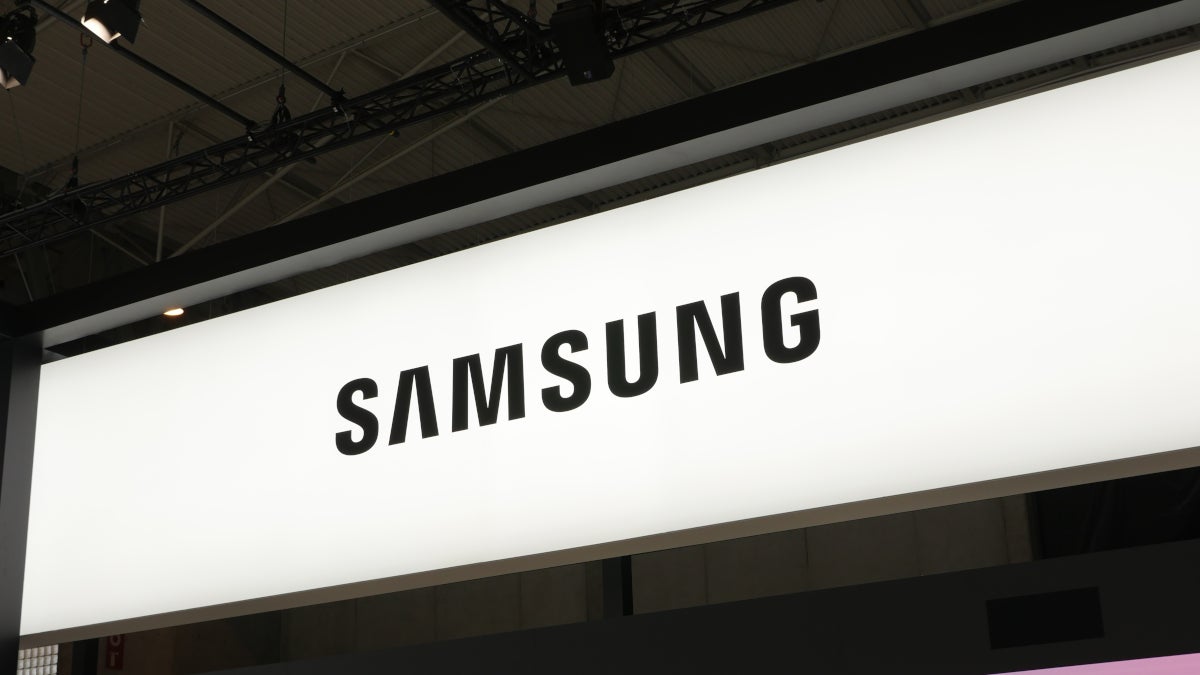Samsung Foundry's misleading process name change puts it ahead of TSMC at 2nm

A surprising report out of Korea states that chips Samsung Foundry says will be made with its 2nm process node might actually be produced with its second-generation 3nm node. If this sounds confusing and misleading, you're absolutely correct. Imagine being a Samsung Foundry client expecting to have chips made using the cutting-edge 2nm node next year and finding out that they were produced using the second-gen 3nm node.
In other words, Samsung Foundry is renaming its second-generation 3nm node 2nm. Per Wccftech (via ZDNet), an executive in the fabless semiconductor industry (which simply means that his company doesn't own any fabrication facilities and contracts with Samsung Foundry to build the chips that they design) said, "We have been informed by Samsung Electronics that they will change the 2nd generation 3-nano technology to 2-nano technology. Last year, the contract signed at Samsung Electronics Foundry for 2nd generation 3-nano technology was also renamed to 2-nano technology, and the contract was recently rewritten."
Last month, we told you that Preferred Networks (PFN) became the first customer to sign on the dotted line to have their chip design turned into a real chip using Samsung Foundry's 2nm node. As it turns out, the new report says that the order was really for chips to be manufactured using Samsung Foundry's second-generation 3nm node. Samsung Foundry is supposed to start mass production of 2nm chips in the second half of next year. But that will be moved up if this report is true since it planned to produce chips using its second-gen 3nm node this year.

Samsung Foundry is calling its second-generation 3nm node 2nm
Samsung Foundry and TSMC both received a request for 2nm prototypes last month from Qualcomm, most likely for the Snapdragon 8 Gen 5 application processor (AP) which could be dual-sourced by Samsung Foundry and TSMC. But with this report, it is possible that Qualcomm could be looking at what it thought was a 2nm prototype from Samsung Foundry only to find out that it is a prototype made using Samsung Foundry's second-generation 3nm node.
The previously quoted executive in the fabless semiconductor industry said that the name change from second-generation 3nm node to 2nm was done because Samsung Foundry has been able to shrink the size of the transistors for the chip using optimizations. This will allow more transistors to fit inside the renamed 2nm chip allowing it to deliver performance increases and/or energy-efficiency.
Something else to consider. Another reason why Samsung Foundry might be able to get by with this name change is that, unlike TSMC, Samsung Foundryis already using Gate-All-Around (GAA) transistors with its 3nm process node. TSMC is switching from FinFET to GAA transistors with its 2nm production in 2025. GAA transistors have a gate covering all four sides of the channel thanks to the use of vertically placed horizontal nanosheets.
GAA transistors reduce current leaks and increase the drive current. This results in improved electrical signals passing through and in between the transistors improving the performance of the chip.
We're sure to hear more about this from Samsung Foundry and perhaps even from TSMC and Intel. Keep checking in with us for the latest.
Follow us on Google News




![Some T-Mobile users might be paying more starting in March [UPDATED]](https://m-cdn.phonearena.com/images/article/176781-wide-two_350/Some-T-Mobile-users-might-be-paying-more-starting-in-March-UPDATED.webp)









Things that are NOT allowed:
To help keep our community safe and free from spam, we apply temporary limits to newly created accounts: